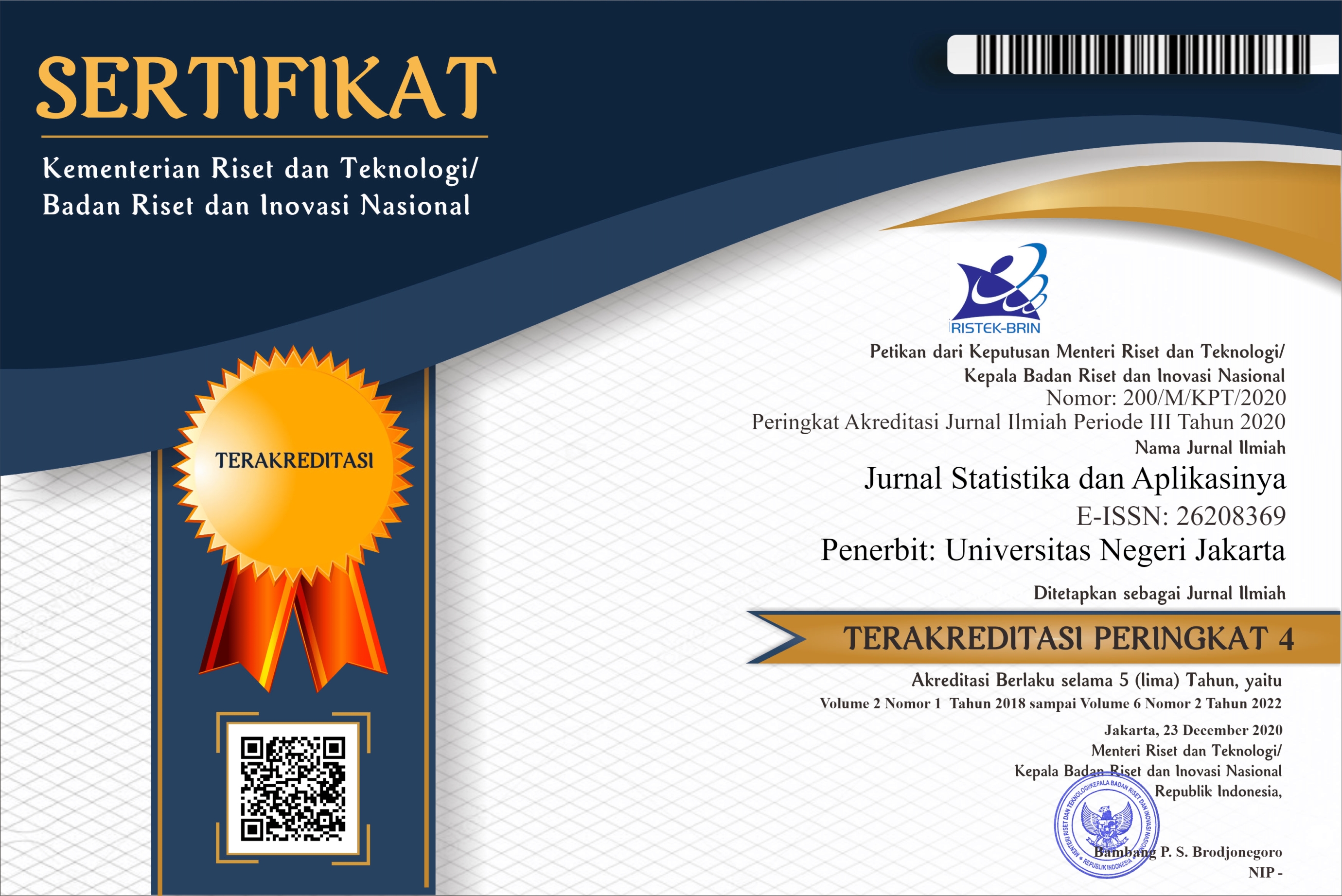Perbandingan Metode K-Means Clustering dengan Self-Organizing Maps (SOM) untuk Pengelompokan Provinsi di Indonesia Berdasarkan Data Potensi Desa
DOI:
https://doi.org/10.21009/JSA.07208Keywords:
K-Means clustering, Self-Organizing Maps, SOM, Elbow Method, Davies Bouldin Index, Potential VillageAbstract
K-Means is a method of grouping data into several different groups so that data that has similar characteristics is made into one group while data that has different characteristics is made into a different group, where this method works by minimizing the distance between the data and the cluster center. In addition to K-Means clustering, there is also the Self Organizing Maps (SOM) method which is an undirected method, meaning that layers consisting of neurons are arranged into groups based on input values, where each data grouping process is based on the characteristics or features of the data. Clustering is carried out in Provinces in Indonesia based on village potential data in 2021 with the aim of knowing the performance comparison of K-Means clustering and Self Organizing Maps (SOM). Determination of the optimal number of clusters is carried out using the Elbow method, the results in the study obtained 3 clusters for both K-Means clustering and Self Organizing Maps (SOM). The clustering results are evaluated using the Davies Bouldin Index (DBI) value and show that clustering using the Self Organizing Maps (SOM) method provides better results than using the K-Means clustering method where the DBI value is 0.1829366. The clustering results using the Self Organizing Maps (SOM) method for cluster 1 consist of 31 province members, cluster 2 consists of 1 province member and cluster 3 consists of 2 province members.






